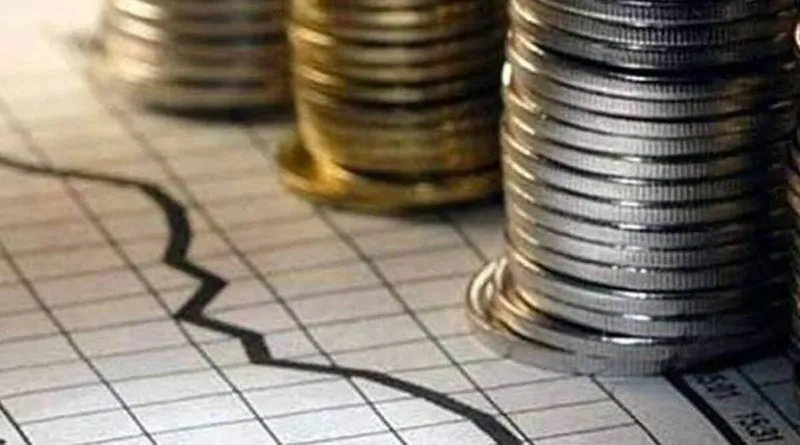Narendra Modi’s eight years in power have produced fantastic political success for the BJP, a slide in India’s democratic and civic freedoms, and a struggle to overcome global economic headwinds.
After winning an absolute majority in the 2014 general election, Modi was re-elected with an increased majority in 2019. The BJP’s thumping re-election in the 2022 Uttar Pradesh state election, overcoming anti-incumbency, Covid, and high inflation, was phenomenal. No one doubts that Modi will win the 2024 general election, getting 15 continuous years in office.
This is political domination of Nehruvian proportions. Modi has created a state that delivers government services much better, using digital platforms such as the Jan Dhan Yojana and direct benefit transfers that eliminate the old leakages. Surgical strikes and the Balakot bombing have given Indians the feeling that national security is safer and tougher in Modi’s hands. So has the face-off with China at Doklam.
However, political success has been accompanied by a sorry slump in international indicators of political, civil and economic freedoms. Direct central rule in Kashmir was popular within India but condemned internationally for crushing human rights.
In The Economist Intelligence Unit’s Democracy Index, which looks at civil liberties, pluralism, political culture and participation, India’s global rank has fallen from 27 in 2014 to 46 in 2021. Freedom House rates political and civil freedoms for 162 countries. India’s rating was 66 this year down from 67 in 2021 and 71 in 2020. Classified as “free” in 2014, India is now classified as “partly free.” In Cato Institute’s Human Freedom Index, India fell from 75 in 2015 to 111 in 2020. There is a similar slide across various indices whether it’s the Lowy Institute Asia Power Index, the World Press Freedom Index or the Fraser Institute’s Global Economic Freedom Index in which India’s ranked 79 previously but then crashed to 105 in 2020.
Modi improved economic freedoms in his first term but now seems to be going the opposite way. The World Bank’s ‘Doing Business’ indicators showed considerable improvement in India, but the Bank then abandoned the Index altogether as tainted and politically influenced.
On the Transparency International Global Corruption Perception Index, India was 85 in 2014 and is still 85 in 2021. Ordinary folk believe Modi has reduced corruption a lot, but business perceptions suggest no change.
On the economy, Modi began well with rapid growth fuelled by a halving of world oil prices. Even in the demonetisation year of 2016-17, GDP growth was 8.3%. It then fell to 6.8%, 6.5% and a calamitous 3.7% in the next three years. Pessimists said the entire economic structure was off track.
Next came the Covid year of 2020-21, pulling down GDP by 6.6%. There followed a recovery to 8.9% in 2021-22, which pessimists call dead-cat bounce. GDP growth in the current year was projected at 7% in the budget but the Ukraine war will drag that down to maybe just 5-6%.
Pessimists claim GDP growth will average only 5% in years to come, and the miracle growth era of 7% is gone. However, India is showing much resilience in difficult times. Covid was in some ways mishandled, yet India did well to produce enough vaccines to inoculate all adults so quickly. The free-feeding programme was efficient and greatly reduced distress, an important reason for the BJP election victory in UP.
Exports stagnated along with global trends between 2014 and 2020. But in 2021-22 exports shot up by 44%, and in the first month of the current year rose 30.7%. This is a necessary though not sufficient improvement to take India back to 7% miracle growth after the Ukraine travails end. However, labour participation has crashed, especially for women, a bad structural sign. High inflation and high fiscal deficits may yet prove the BJP’s Achilles heel. India has shown much resilience. But the jury is still out on BJP’s economic performance in Modi’s eight years. It is a very mixed record.
This article was originally published in The Times of India on May 28, 2022.


